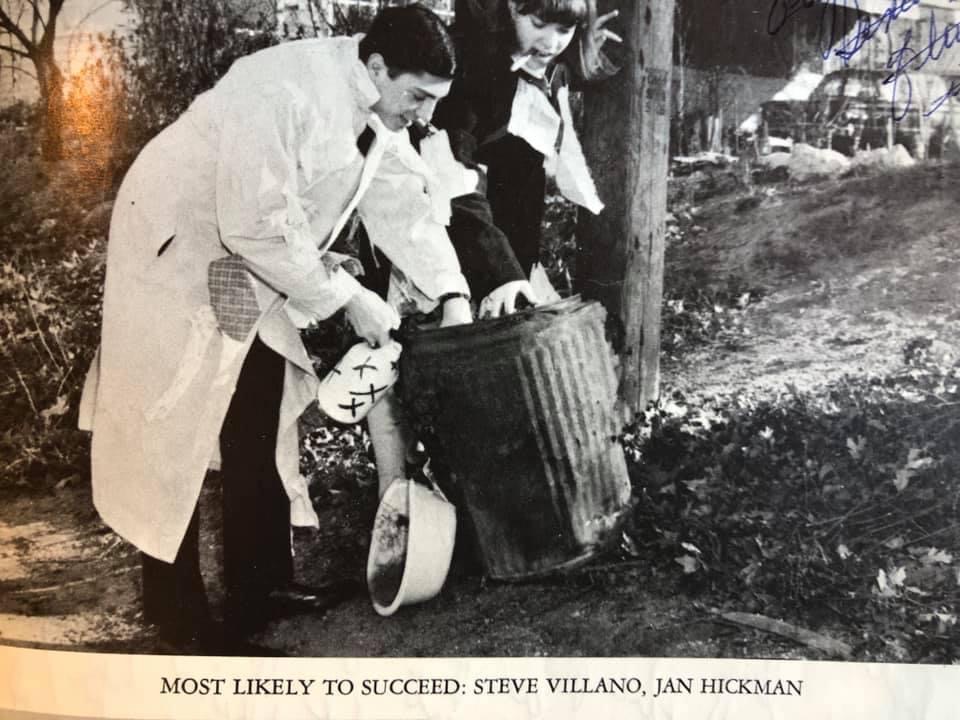
The Biden Administration is overlooking a perfectly good solution to the student loan forgiveness debate, coming to a head within the next week.
As someone who did not pay off all of my student loans (including law school) until I was 50 years old, I know the burden of carrying that debt well into adulthood, as many loan recipients are still doing.
So, tune out the noise of the elitist Larry Summers and the inflation-doom sayers who favor keeping people saddled with debt for a lifetime. In fact, it’s the height of chutzpah that Summers is opening his mouth on this issue, since as Harvard University President, he presided over steep private University tuition increases which fueled the student debt crisis. He should have the decency to support a better solution.
I think the more enlightened position is to consider cancelling debt as a direct action toward increasing wealth, not inflation. In my own case, when I finally paid off the last of my student debt as the first person in my family’s history to attend college and graduate school, I immediately invested a similar amount into real estate, building our family’s wealth base for the first time ever—a family legacy and pool of wealth which we’ve grown over the past 20 years, after my college loans were paid.
My proposal is simple and straightforward, and based upon the highly successful National Teachers’ Corp model of 50 years ago: exchanging education debt for public service. This country is in desperate need of public school teachers, nurses, primary care physicians, and mental health professionals in virtually every community, especially following the COVID pandemic.
Rather than tinkering at the edges of student debt by relieving a paltry $10,000 worth (most Black students carry a student debt burden of an average of $50,000, according to the NAACP), I propose wiping out student debt completely for anyone presently earning under $250,000, in exchange for performing public service like teaching for 2 years in a public school (with proper certification), working in a public hospital or performing some other essential public service.
Such a barter of things of great value—clearly in the national interest—can be rolled out over a 10-year period, so individuals weighed down by school debt wouldn’t be forced to quit their current jobs immediately, and the federal government has time to finance and fine tune the program.
Such a focus upon the urgency of bringing more qualified teachers, nurses, doctors, and mental health professionals into our public service is no less important than rebuilding the nation’s infrastructure, or jump-starting an American MicroChip industry. Such an influx of people into those essential public services from other professions (from Wall Street, law firms, hedge funds, engineering, computer programming, and all other fields) will concentrate public attention and pressure upon increasing the historically low salaries of public school teachers, the salaries and working conditions of nurses and primary care doctors, and of elevating those professions in the public’s eyes. With a teacher shortage crisis hitting us now, and teen suicide and mental health issues at record rates, why would we not make such an essential exchange?
I’ve supported many of the Biden Administration’s initiatives over the past two years, which have rescued a plummeting economy, directed resources to small businesses, increased health care coverage for millions and kept many families afloat financially. This solution is so self-evident, and firmly in the both the national interest and in the financial interest of individual families, that I don’t understand why the Biden Administration lacks vision here, is low-balling the solution, and only considering forgiveness of a small portion of undergraduate school debt. The biggest debt burdens are from graduate and professional school expenses. More than 20% of Americans are struggling to pay off existing education debt.
I was determined to pay off my student loans-in-full and work in public service or public health. Yet, my law school debt was “only” $18,000. The same professional JD degree costs 10 times that today. With more than 20% of Americans struggling to pay off college debt, it’s time to come up with a creative solution that benefits them, and the nation.

